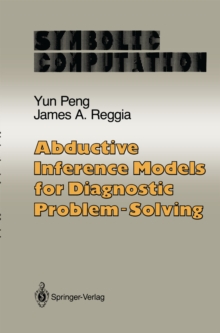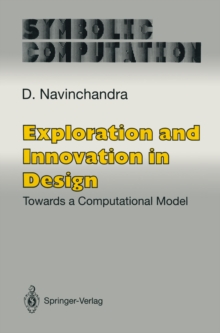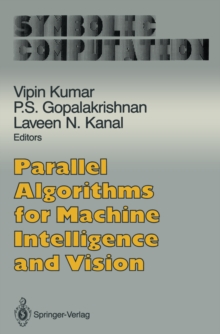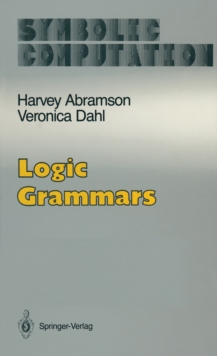
Object-Oriented Graphics : From GKS and PHIGS to Object-Oriented Systems PDF
by Peter Wisskirchen
Part of the Symbolic Computation series
- Information
Description
At present, object-oriented programming is emerging from the research labora- tories and invading into the field of industrial applications.
More and more products have been implemented with the aid of object-oriented programming techniques and tools, usually as extensions of traditional languages in hybrid development systems.
Some of the better known examples are OSF-Motif, News, Objective-C on the NeXT computer, the C extension C++, and CLOS an object- oriented extension of LISP.
All of these developments incorporate interactive graphics.
Effective object-oriented systems in combination with a graphics kernel- does it mean that the field of computer graphics has now become merely an aspect of the object-oriented world?
We do not think so. In spite of interesting individual developments, there are still no sound object-oriented graphics sys- tems available.
If it is desired to develop a complex graphics application embed- ded in a window-oriented system then it is still necessary to work with elemen- tary tools.
What is to be displayed and interactively modified inside a window must be specified with a set of graphics primitives at a low level, or has to be written with a standardized graphics kernel system such as GKS or PHIGS, i. e. , by kernels specified and implemented in a non-object-oriented style.
With the terms GKS and PHIGS we enter the world of international graphics standards.
GKS and PHIGS constitute systems, not mere collections of graphics primitives.
Information
-
Download Now
- Format:PDF
- Publisher:Springer Berlin Heidelberg
- Publication Date:06/12/2012
- Category:
- ISBN:9783642842474
Information
-
Download Now
- Format:PDF
- Publisher:Springer Berlin Heidelberg
- Publication Date:06/12/2012
- Category:
- ISBN:9783642842474



